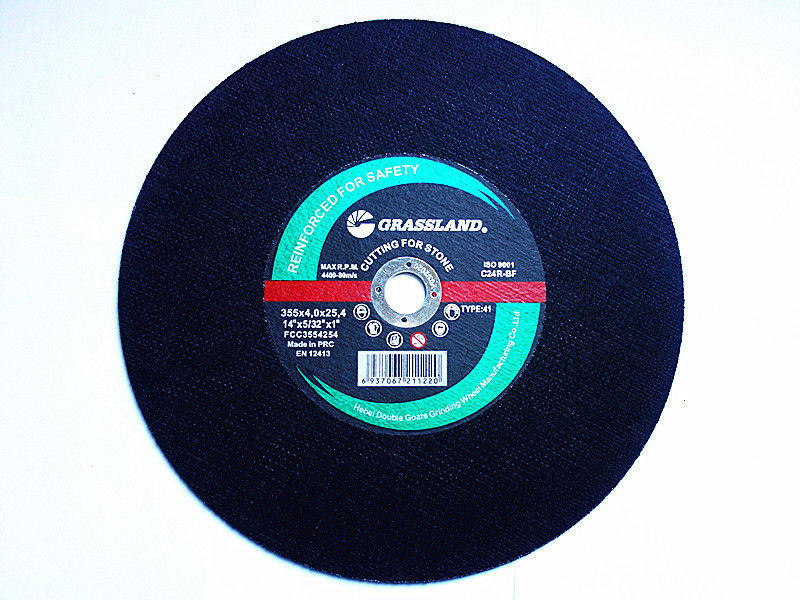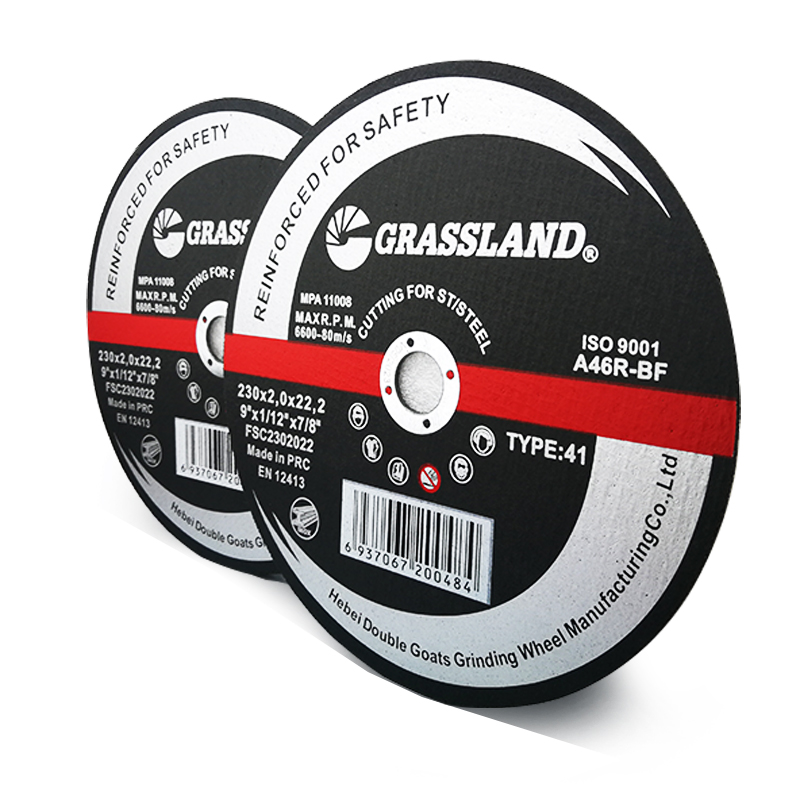Understanding Cut-Off Wheels for Circular Saws
In the world of woodworking and metalworking, efficiency and precision are paramount. One tool that epitomizes these qualities is the circular saw, which has been a staple in workshops and construction sites for decades. A crucial component of the circular saw is the cut-off wheel, a specialized attachment designed to provide clean, accurate cuts in various materials. Understanding cut-off wheels for circular saws is essential for anyone looking to optimize their cutting tasks, ensuring safety and enhancing performance.
What is a Cut-Off Wheel?
A cut-off wheel, also known as a grinding wheel, is a circular disc specifically designed for cutting through hard materials such as metal, concrete, ceramics, and masonry. Unlike traditional blades used in circular saws that are better suited for wood, cut-off wheels are made from hard, abrasive materials, allowing them to withstand the stresses of cutting tougher substances.
Cut-off wheels are typically composed of materials such as aluminum oxide, silicon carbide, or diamond, depending on the type of material they are designed to cut. Their construction not only affects the cutting efficiency but also plays a significant role in their durability and lifespan.
Types of Cut-Off Wheels
Cut-off wheels come in a variety of types, each tailored for specific applications
1. Metal Cutting Wheels These wheels are engineered for cutting various metal types, including steel and stainless steel. They are often made from aluminum oxide or other high-performance abrasives, providing a clean cut while minimizing heat build-up.
2. Concrete and Masonry Wheels Designed for cutting through concrete, brick, and stone, these wheels are often reinforced with fibers for added strength. They typically have a diamond grit, which allows them to handle the hardness of these materials efficiently.
3. Tile and Ceramic Wheels These specialized wheels are intended for precision cutting of tiles and ceramics. They employ a diamond-coating process, ensuring a fine cut without chipping or cracking the material.
Selecting the Right Cut-Off Wheel
Choosing the correct cut-off wheel for a specific job is crucial for achieving the best results
. Here are a few factors to considercut off wheel for circular saw

- Material Compatibility Always select a wheel that matches the material you intend to cut. Using the wrong type can lead to poor performance, damage to the wheel, or even injury.
- Wheel Diameter Ensure the diameter of the wheel is compatible with your circular saw. Common sizes include 4-1/2 inches, 7 inches, and 9 inches.
- Thickness Thicker wheels tend to be more durable but may cut more slowly. Conversely, thinner wheels can generate more precise cuts but may wear out faster. Consider the balance between speed and precision based on your project requirements.
- Speed Rating Examine the maximum RPM (revolutions per minute) rating of the wheel. Ensure it meets or exceeds the RPM of your saw to promote safety and prevent accidents.
Safety Considerations
Working with cut-off wheels requires careful attention to safety. Here are some essential safety tips
- Wear Protective Gear Always use safety glasses, gloves, and a face shield to protect against flying debris. Ear protection is also recommended due to the high noise levels associated with cutting.
- Inspect Before Use Always check the cut-off wheel for any signs of damage or wear before attaching it to your saw. Cracked or broken wheels can shatter during use, posing a serious risk.
- Secure Workpiece Ensure that the material being cut is securely clamped to prevent movement during cutting, which could lead to accidents.
- Proper Technique Use a steady, controlled motion when cutting to maintain accuracy and prevent binding. Allow the tool to do the work; forcing it can lead to overheating and wheel damage.
Conclusion
Cut-off wheels are an integral part of any circular saw, enabling versatility in cutting applications ranging from metal to concrete. By selecting the appropriate wheel for your specific tasks and adhering to safety guidelines, you can maximize efficiency and safety in your cutting operations. As technology advances, cut-off wheels continue to evolve, offering improved performance and durability that can help professionals and DIY enthusiasts alike achieve their goals with ease and precision. Investing time in understanding these tools will ultimately lead to better results and a safer working environment.
Post time:Nov - 15 - 2024

















